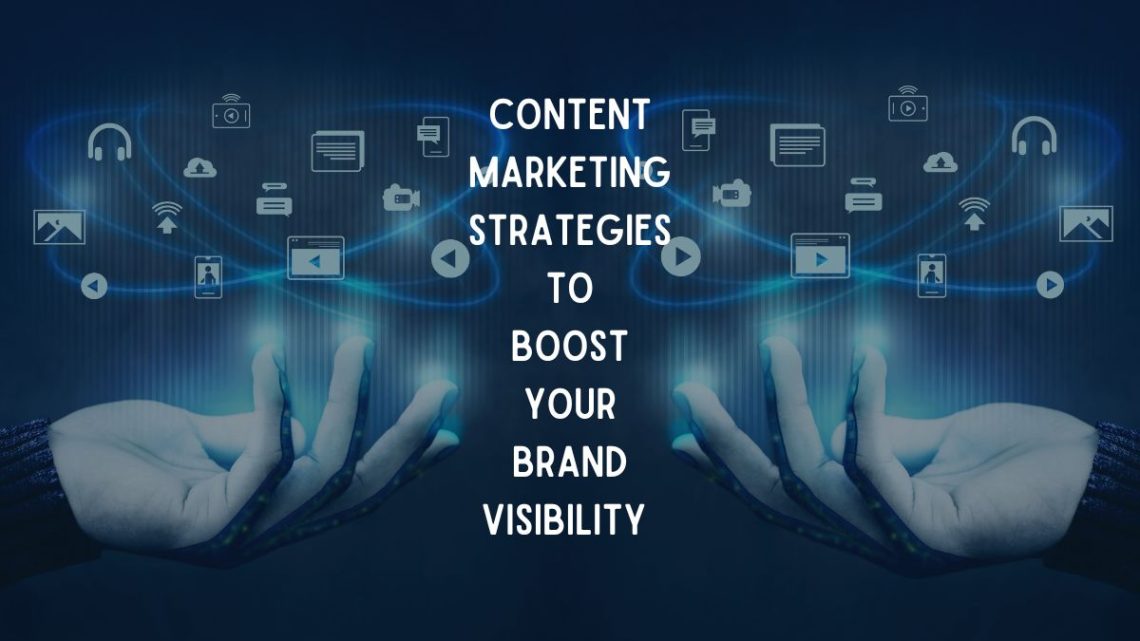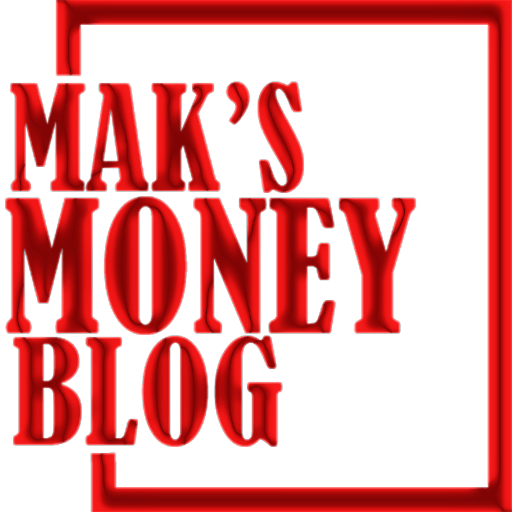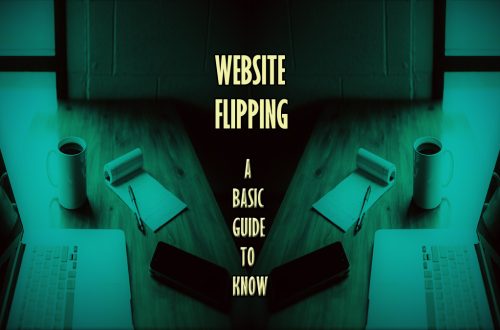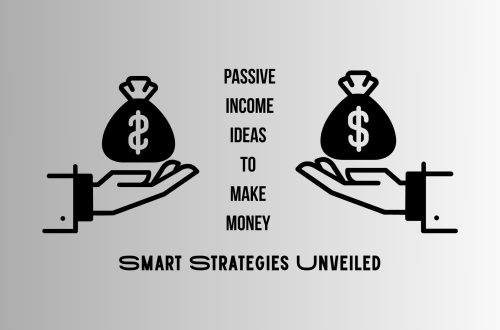
Content Marketing Strategies to Boost Your Brand Visibility – A Complete Guide
Content marketing is a strategic approach focused on creating and distributing valuable, relevant, and consistent content. It aims to attract and engage a clearly defined audience, ultimately driving profitable customer action.
Content marketing stands as a crucial component of modern digital marketing strategies. By crafting informative and engaging content, businesses build trust and authority with their audience, leading to increased brand loyalty and customer engagement. Effective content marketing not only involves the promotion of products or services but also centers on delivering valuable information that solves problems or enhances the reader’s knowledge.
With the rise of social media and search engine algorithms that reward quality content, a well-executed content marketing plan is essential for improving online visibility and organic search rankings. By prioritizing the user’s needs and interests, content marketing fosters a stronger connection between brands and their target consumers, driving sustainable growth in an increasingly crowded digital landscape.
Related Article: Digital Marketing: It’s Not As Difficult As You Think

Related Article: The Best Digital Marketing Tips for Beginners: Elevate Your Strategy!
The Essence Of Content Marketing For Brand Visibility
The Essence of Content Marketing for Brand Visibility shines brightest when companies grasp its potential. Strong content marketing pushes a brand into the limelight. It creates lasting connections with audiences. In the digital world, visibility equates to success. Businesses use stories and information to become viewed as thought leaders. This trust builds a solid foundation for brand growth.
Why Content Reigns Supreme
Imagine a World Wide Web without content. It’s like a library stripped of books, barren and silent. Content fills this space with life and meaning. Engaging content captures attention; it fuels discussions and shares across social platforms. Exceptional content can skyrocket brand visibility. Compelling stories and information make people come back. A well-crafted message ensures a brand remains top of mind.
- Drives traffic to websites and social profiles
- Increases brand recall through quality and consistency
- Encourages engagement and sharing
- Converts readers into loyal customers
Aligning Brand Identity With Content
Content tells a brand’s story. Every blog post, image, or video shapes public perception. It’s crucial to align your brand’s values, voice, and persona with your content. This alignment intensifies brand visibility. Audiences recognize and anticipate a brand’s content style and message. This familiarity breeds preference and loyalty.
| Brand Identity Element | Content Strategy Alignment |
| Values | Embed brand values in content themes and messages |
| Voice | Maintain a consistent tone that speaks to the target audience |
| Persona | Craft content that mirrors the brand’s personality |
Crafting A Winning Content Marketing Plan
Crafting a Winning Content Marketing Plan is essential for any brand or business aiming to thrive in a cluttered digital space. A meticulous approach to content creation and distribution ensures maximum impact on target audiences. By following a structured plan, content marketing can attract, engage, and retain customers effectively.
Setting Measurable Goals
A successful plan starts with setting clear, achievable objectives. These should align with broader business goals and be specific, measurable, attainable, relevant, and time-bound (SMART).
- Increase website traffic by 30% within six months
- Boost engagement rates on social platforms by 20% in one quarter
- Grow the email subscriber list by 15% before the year’s end
Understanding Your Audience Landscape
To connect with your audience, you need a deep understanding of their preferences, challenges, and behaviors. User analysis and persona creation can guide your content’s tone, style, and dissemination channels.
| Audience Segment | Interests | Challenges | Preferred Content Types |
| Young Professionals | Career Growth | Time Management | How-to Guides, Video Tutorials |
| Entrepreneurs | Business Strategies | Budgeting | Infographics, Case Studies |
| Stay-at-Home Parents | Family Activities | Scheduling | Blog Posts, Checklists |
Power Of Storytelling In Branding
Stories shape our lives and the world around us. In branding, storytelling isn’t just a buzzword—it’s a pivotal strategy that can make or break a brand’s connection with its audience. A compelling story can bring a brand to life, translating its values and message into a relatable and memorable experience. Let’s explore how an authentic narrative can create an emotional bond between a brand and its customers.
Emotional Connection Through Narrative
Stories stir emotions. They make us feel joy, sadness, excitement, or empathy. For brands, tapping into these emotions through storytelling means crafting a narrative that resonates with their audience. A well-told story is not just heard; it’s felt. It transforms customers into loyal followers who relate to the brand’s journey as if it were their own. Branding stories often focus on common human experiences, making them universally understandable.
Case Studies: Storytelling Successes
- Brands that excel at storytelling often enjoy increased loyalty and brand recognition.
- Successful storytelling brands often have a clear character, setting, conflict, and resolution.
| Brand | Story Elements | Impact |
| Brand A | Underdog narrative, relatable characters | Boost in customer engagement |
| Brand B | Inspirational message, community focus | Surge in social media sharing |
| Brand C | Adventure and discovery theme | Increased product sales |
To conclude, the power of storytelling in branding is undeniable. A brand that can share a story effectively will not only grab attention but will also build a lasting emotional connection with its audience. Crafting a narrative that touches the heart is the essence of a strong brand strategy.
Credit: blog.hubspot.com
Amplifying Reach With SEO And Social Media
Amplifying Reach with SEO and Social Media combines the power of search engines with the viral nature of social platforms. By mastering both, brands can extend their message to a vast audience. Learn to optimize content for search engines and captivate followers on social media below.
Leveraging Keywords For Visibility
Your content’s visibility starts with SEO. SEO stands for Search Engine Optimization. It helps your content show up in searches. The right keywords make this work.
- Research keywords that your audience uses.
- Use these keywords in your titles, headings, and main content.
- Long-tail keywords can rank more easily and attract specific audiences.
Here’s an example:
| Keyword Type | Example |
| Short-tail | Content Marketing |
| Long-tail | Best strategies for content marketing in 2023 |
Using tools like Google Keyword Planner can help find the right keywords. Place them naturally in your content.
Social Media Strategies That Engage
Social media provides a platform to share your content and engage with users. It’s where your brand voice comes alive.
- Create captivating graphics and videos.
- Write catchy headlines and include a call to action.
- Post consistently and at times when your audience is most active.
Check this strategy out:
Post behind-the-scenes content to build trust.
Remember to engage with your followers. Reply to comments and messages. Use polls and surveys to get their opinions. This keeps them connected to your brand.
Visual Content: A Gateway To Higher Engagement
Visual content captures attention faster than text. It plays a vital role in engaging audiences. Today, a social media post without an image or video struggles to be noticed. Visually appealing content can work wonders. It increases shares and comments. This, in turn, boosts visibility and engagement.
Impact Of Images And Videos
Images and videos tell a story quicker than words. People process visuals 60,000 times faster than text. Sites use emotive imagery and dynamic videos to hold interest. They also prompt viewers to share content. These shares expand reach and attract more visitors.
Here’s why visual content matters:
- Attention-grabbing: Bright colors and movement catch the eye.
- Memory retention: Audiences remember 80% of what they see.
- Emotional connection: Visuals evoke faster emotional reactions.
Infographics As Information Magnets
Infographics simplify complex data. They turn facts into visuals. This makes the absorption of information easier. It’s an effective tool for education and communication. Infographics often become viral, making them great for traffic generation.
| Feature | Benefit |
| Visual Simplicity | Easier comprehension of intricate subjects. |
| Shareability | Increases potential for content virality. |
| Engagement | Encourages comments and discussions. |
Infographics blend icons, charts, and texts. They often present statistics and timelines. Users can grasp the message with just a glance. This format makes the information attractive and preferred by viewers.

Related Article: The Power of SEO: Boost Your Brand’s Visibility Now!
Analyzing Results And Refining Strategies
Mastering the art of content marketing means not just creating great content, but also analyzing its impact. It’s critical to understand how content performs. This guides tweaks and changes for future strategies. Let’s dive deep into which metrics offer valuable insights and how to adapt based on trends and feedback.
Metrics That Matter
Keeping track of the right metrics gives a clear picture of success. It helps to know what works. Here is a breakdown of important metrics:
- User Engagement: Track likes, shares, comments, and time spent on page.
- Traffic Growth: Measure new versus returning visitors to gauge content reach.
- Conversion Rates: Count how many users take the desired action after reading.
- SEO Performance: Monitor rankings for target keywords and organic traffic flow.
Adapting To Trends And Feedback
Timely adaptation is key in content marketing. Keep content fresh and relevant. Listen to what audiences say. Understand new trends. Here’s how:
- Evaluate feedback from comments and social media.
- Investigate emerging industry topics.
- Analyze competitor content for inspiration.
- Test different content formats and styles.
By doing this, strategies stay sharp and effective. It results in better content that audiences love and engage with.
Frequently Asked Questions On Content Marketing
What Is Content Marketing?
Content marketing is a strategic marketing approach focused on creating and distributing valuable, relevant, and consistent content to attract and retain a clearly defined audience and, ultimately, drive profitable customer action.
Why Is Content Marketing Important?
Content marketing is crucial as it builds trust with your audience, improves conversions, connects with your customers, and generates leads. In today’s digital age, customers expect high-quality, consistent content from their favorite brands.
How Does Content Marketing Generate Leads?
Content marketing attracts potential leads through the creation of engaging, informative content. It helps in nurturing these leads by providing them with valuable information that addresses their needs and interests, guiding them toward making a purchase.
What Types Of Content Are Used In Content Marketing?
Content marketing uses various types of content such as blog posts, videos, infographics, ebooks, podcasts, and social media posts. The choice of content type depends on the target audience’s preferences and the marketing goals of the brand.
Content Marketing For Beginners>>
Conclusion
Crafting and executing a strategic content marketing plan is vital for online success. It builds trust, engages audiences, and boosts SEO rankings. As we’ve explored, quality and consistency are key. Start with compelling stories to captivate your visitors, and watch your brand grow.
It’s an investment in your digital footprint that offers long-term rewards.
Related Article: How to Start a Career in Digital Marketing with No Experience








2 Comments
Pingback:
Pingback: